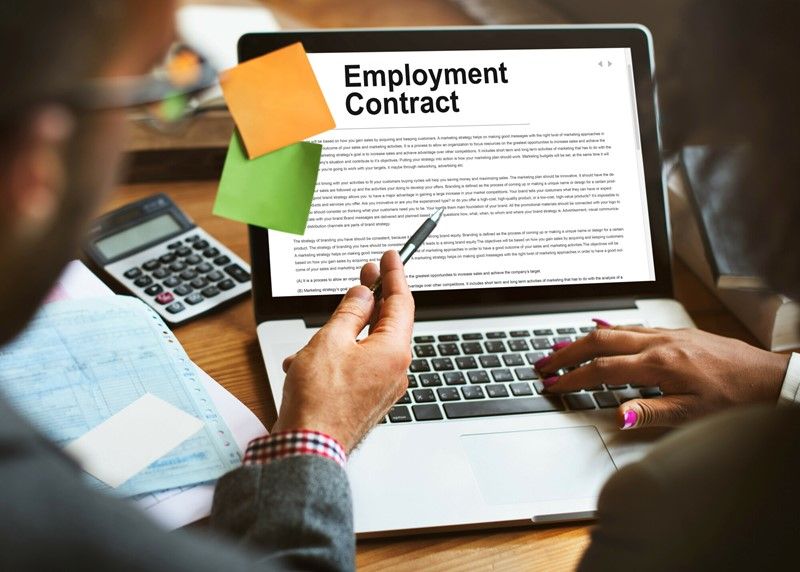Beware the legal minefield of the transferring of contractual undertakings
A recent case [London United Busways Ltd. (LUB) v De Marchi and Abellio London [2024] EAT 191] revealed the complexities of working under the Transfer of Undertakings (Protection of Employment) Regulations 2006, or TUPE.
A Mr. De Marchi had been working as a bus driver for two decades by LUB from his local bus depot, even though his contract contained a clause to the effect that employees may be expected to work at any of the depots across London. After LUB lost its tender for his route, his employer elected to exercise this right of transfer, unless the employee objected by a specified deadline under Regulation 4(9). Given the options to transfer, resign or object, Mr. De Marchi objected to his transfer and requested redundancy, as the new depot was over an hour from his domicile. As this was not one of the three alternatives, LUB rejected his approach, and Mr. De Marchi took a leave of absence suffering from stress and anxiety as he had been informed that, if he failed to sign a new contract by the deadline, his employment would effectively be terminated.
Mr. De Marchi failed to respond and later brought a claim for unfair dismissal against the transferor. The tribunal found that, while the employee may object to becoming employed by the transferor under Regulation 4(7) of TUPE, the effect of that objection is to preclude the transfer of his contract and any of the rights and obligations under Regulation 4(2) of TUPE. However, Regulation 4(8) TUPE operates to terminate the contract with the transferor to the detriment of the employee.
This ruling serves to provide useful guidance in terms of who is liable. If the objection occurs before the transfer, then the liability falls on the transferor. However, if the employee does not object to the transfer in a timely fashion and then tries to argue Regulation 4(9), then the liability falls on the transferee. It is thus advisable to seek legal advice before transferring employees to other positions or locations.




